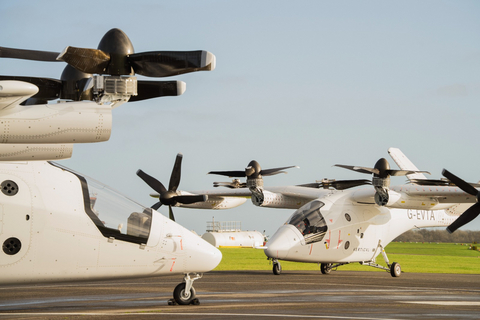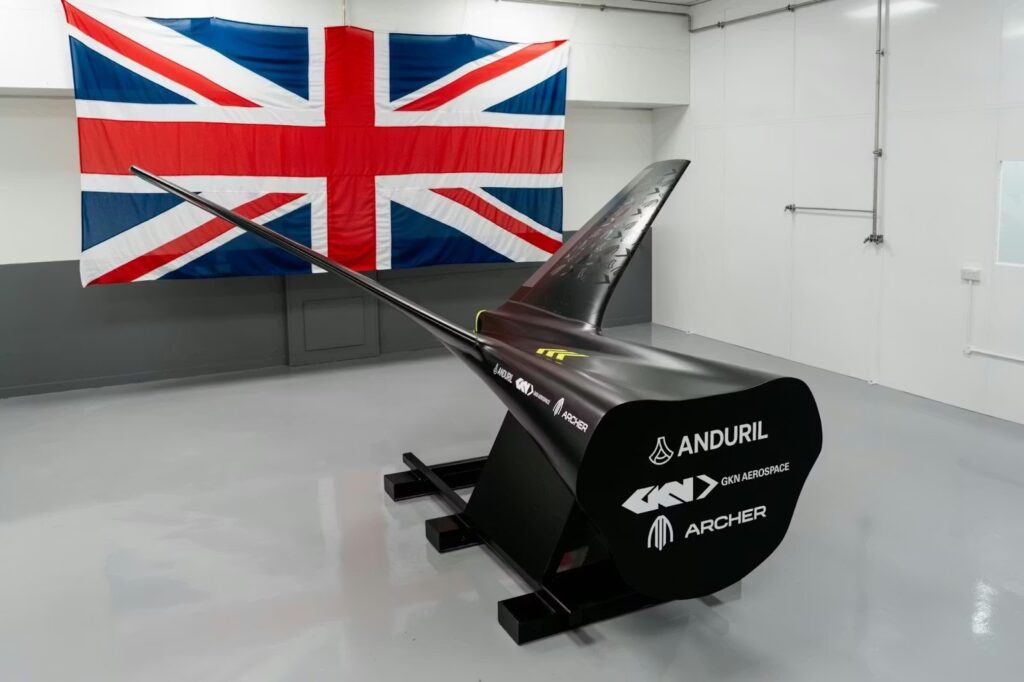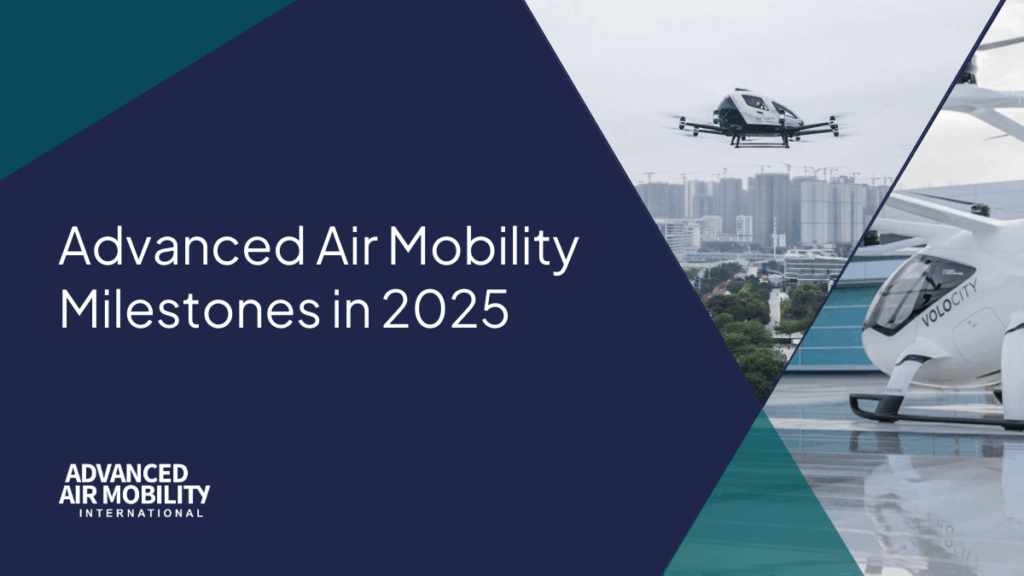
Archer has completed a six-week long wind tunnel test campaign of its Midnight aircraft configuration at the RUAG Large Subsonic Wind Tunnel in Emmen, Switzerland.
The tests at RUAG allowed Archer to gather valuable data to further validate the Midnight vehicle configuration, its aerodynamic models, external load predictions, aircraft performance, stability and control characteristics, and performance degradation in icing conditions, keeping on track for Midnight’s upcoming flight test program.
RUAG runs one of the largest and most capable wind tunnels in the world, and has extensive testing experience trusted by the aerospace industry globally, making it an ideal partner for the campaign.
DeHarde, a German company known for its high-quality, precision wind tunnel models, designed and fabricated the 27.6% scale, unpowered model of Midnight for the test campaign that features a wingspan of over 13 feet. According to Archer, the size was chosen very intentionally, to maximize test data similitude and correlation to full-scale, while fitting within the 5m x 7m test section. The model was unpowered, meaning the propellers did not spin during testing, to allow focus on the aerodynamics of the airframe.
Overall, 878 measurement sweeps were made by varying model angle of attack and sideslip and capturing force and moment trends for over 400 different model configurations. These model changes included varying control surface deflections, adjusting forward boom tilt angles, and stepping through an airframe component build-up. This build-up started with a bare wing/fuselage and then successively added booms, landing gear, tail, and stopped lifter propellers. This build-up approach allowed Archer to investigate and clearly understand the incremental effects of each airframe component.
Specific emphasis was placed on collecting data to validate state-of-the-art computational fluid dynamics (CFD) predictions of the overall Midnight aircraft performance in cruise, including vehicle drag by airframe component, high-lift capability, and stall speeds. Of particular interest for Archer was exploring those conditions where airflows are unsteady and difficult to predict analytically with high accuracy.
Archer collected extensive data on vehicle stability and control derivatives, which relate changes in forces and moments with aircraft states (e.g., angle of attack or sideslip) and control inputs (e.g., control surface deflections). This data validates the cruise stability characteristics of Midnight and is a major input to the design of the airplane’s control logic and anchors flight simulation models to accurately represent the true airplane’s behavior. Finally, data necessary to correlate and substantiate external loads predictions were collected and will be used to validate the loads that size the aircraft structure.
According to Archer, the wind tunnel test represents a significant risk-reduction and validation milestone. The results are said to further reinforce confidence in the capability and performance of the Midnight design. Cruise drag predictions were said to have trended extremely well with the test data, which in turn further validates confidence in Midnight’s range.
The maximum lift capability of the aircraft is said to have come in slightly better than predicted, which assures Archer that its correctly set the stall and approach speeds for the aircraft. The measured stability characteristics reinforce that the V-tail, flaperons and ruddervators are correctly sized and that they have adequate aerodynamic control power, while also confirming that control surface hinge moments meet requirements and that actuators are properly sized. In addition, the testing for simulated ice accretion gave the team a good understanding of the speed additives necessary to protect the aircraft from performance degradations that we be expected during an inadvertent icing encounter.
According to Archer, the latest wind tunnel test campaign was a huge success, further validating models and predictions about the Midnight vehicle configuration and expected performance. Together, the learnings, and those still being mined from the collected dataset, are expected to allow Archer to take a significant step forward in the development and certification of Midnight. The next step is an upcoming wind tunnel test that will investigate the effects of the propulsion system on aerodynamic performance.










